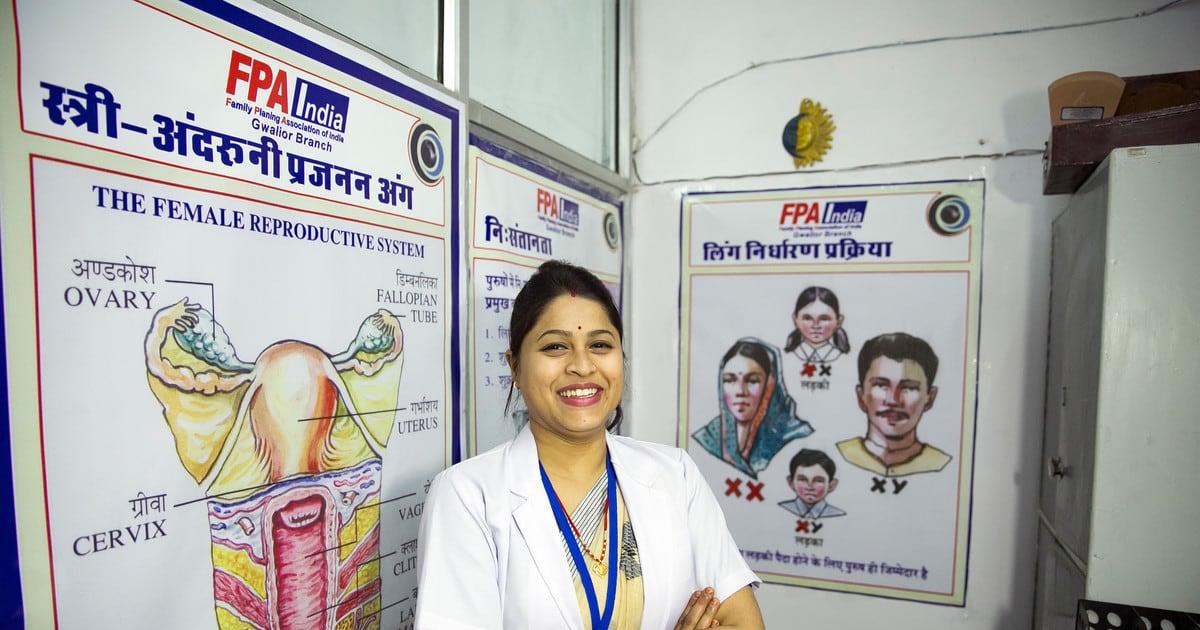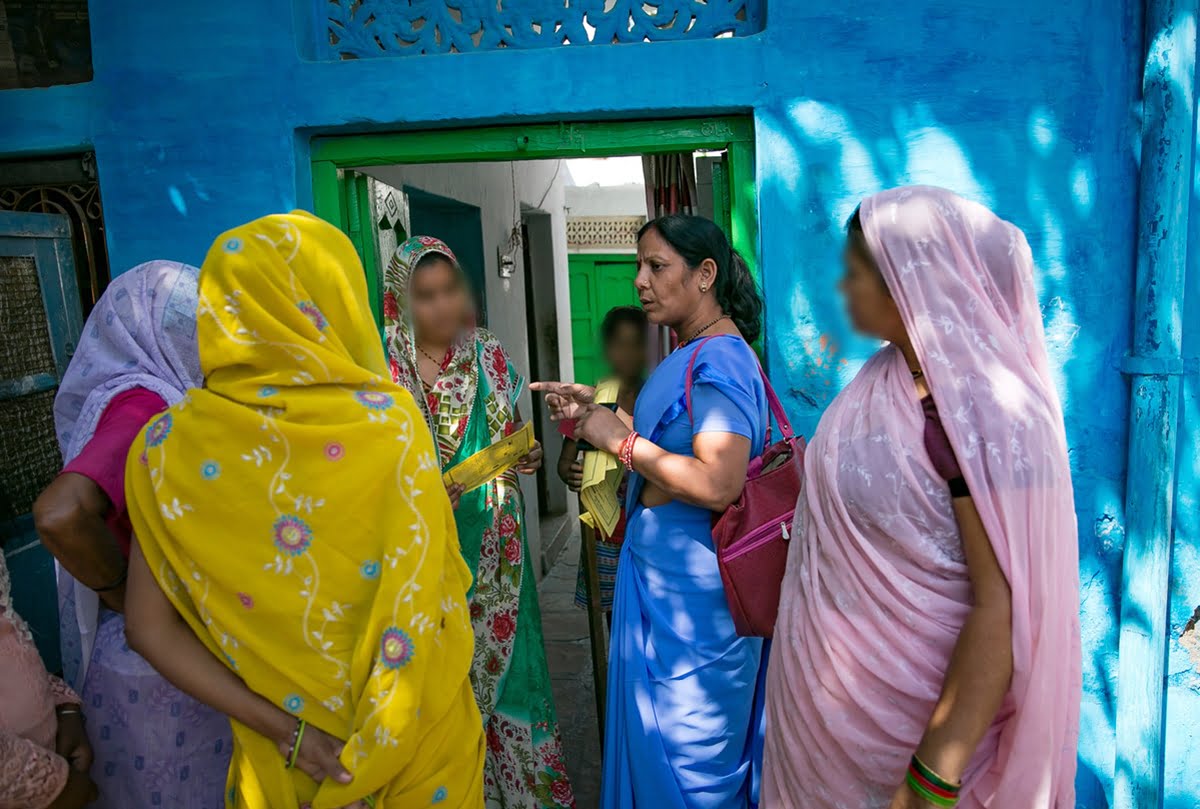Posted by Vipasha
According to Guttmacher Institute report (2018), unsafe abortions remain the third leading cause of maternal mortality in India, and close to eight women die each day from related causes. When the number of abortion seekers and the complications from unsafe abortions remain high, then even with the enactment of MTP (Medical Termination of Pregnancy) Act, 1971, why does safe abortion seem inaccessible for most? It, therefore, becomes important to understand the underlying barriers to access safe abortion services in India by taking into account the on-ground experiences of two advocates of un-conditional access to abortion services.
The existing healthcare system in a developing country like India is complex and has numerous multi-layered intersections. To facilitate the understanding of barriers, they have been divided here into two broad categories: Health System Barriers and Arbitrary Conditional Barriers.
The existing healthcare system in a developing country like India is complex and has numerous multi-layered intersections. To facilitate the understanding of barriers, they have been divided here into two broad categories: Health System Barriers and Arbitrary Conditional Barriers.
Let’s begin by addressing the when, where and the nature of availability of abortion services in the healthcare system. Dr. Souvik Pyne, (working since 6+ years in the field of abortion advocacy) shares that in most rural and district hospitals, there is a skewed availability of gynaecologists which compels many abortion seekers to visit bigger hospitals in tier one and two cities. Even when they are available, conditional access remains a challenge. The All-India Rural Health Statistics(2018-19) indicates there are 1,351 gynaecologists and obstetricians in community health clinics in rural areas across India, and the shortfall is 4,002, i.e., there is a 75% shortage of qualified doctors.
Lack of privacy and confidentiality further widens the gap and pushes abortion seekers towards untrained quacks who provide prompt services and maintain privacy as well as confidentiality their core principles. This aspect of service provision which is critical from a client perspective is ignored by health care professionals and are often upheld by untrained providers. According to the National Health and Family Survey (2015-16), only 53% of abortions are performed by a registered medical doctor and the balance are conducted by a nurse, auxiliary nurse midwife, dai, family member, or self.
The lack of promotion of available abortion services through Accredited Social Health Activist (ASHA) workers and weak security system at hospitals constitute arbitrary conditional barriers. Even when the law clearly states that consent of the pregnant person is the essential factor for termination of their pregnancy, in many cases, doctors in district and rural hospitals have been found to be seeking the consent of the partner instead, in fear of vandalisation or violence at the healthcare centres by relatives or community members. Nandini Mazumdar, Assistant Coordinator at Asia Safe Abortion Partnership, mentions about an instance when in “2016-17 hospitals in Delhi were found exploiting the consent form, asking for the Aadhar card of the partners.”
The barriers to abortion services have an added layer of ‘legal is equal to safe’ as a popular (mis)conception. However, there seems to be a necessity to carefully question the legal framework at certain stages: WHO refers in its safe abortion guidelines to replace dilation and curettage (D&C) method with vacuum aspiration. The (D&C) method is still widely practiced while conducting surgical abortions in India. Also, for medical abortion, usage of pills is only allowed till 9 weeks of pregnancy but WHO recommends it till 12 to 14 weeks for safer abortions. To bridge the skewed availability of obstetricians and gynaecologists in urban areas and to ensure access to safe abortion services, the WHO also recommends to include nurses as medical abortion providers.

The conversation on barriers to abortion services is difficult to comprehend without viewing the attitude of doctors and providers of services. Dr. Pyne who hails from a medical background himself, mentioned that sub-optimal and disproportionate focus is given to abortion as a topic even after it being a very common outcome of pregnancy.
The absence of a rights-based approach is reflected through the apathetic and insensitive attitude of most providers. The layers of difficulty in accessing abortions increase with the social privilege attached to one’s caste, class, gender and economic status in the society. These factors, among others, highly determine one’s access to safe abortion and healthcare services and whether the person will face judgment or not. Further, the moral beliefs and religious affiliations of the service provider and the concerned institution continue to add more layers to the already ailing system.
“Intervention demands a multi-pronged approach”, says Dr. Pyne. Building a positive narrative around abortion and considering it as an essential service would require value clarification for doctors at a younger stage of their careers. This would potentially ease the strict binaries of who should or should not be accessing these services and the stigma associated with the same.
Also read: 16 Days Of Activism Against GBV: Navigating Abortion Stigma As Menstruators
In the context of policy reforms, decriminalisation of Section 312-318 which makes abortion a criminal offence and comprehensive policies that do not push individual rights under the bus just to maintain demographic numbers (for instance, the two child policy or maintaining the sex ratio) should be regarded as crucial for enabling a more accessible environment.
Intervention for abortion services cannot just be limited to providers and seekers. It has to be viewed in the much larger context of international and national political frameworks. A pregnant person’s access to bodily autonomy is largely influenced by the socio-political environment in any country. A liberal and human rights-centric political situation might make certain rights accessible versus a rigid and orthodox one. But it is only right to say that it is the bodies of the marginalised that are policed and controlled. The intensity of it might differ as per different socio-political and cultural contexts and across historical timelines, but the sense of exercising control over them always lingers on.
Intervention for abortion services cannot just be limited to providers and seekers. It has to be viewed in the much larger context of international and national political frameworks. A pregnant person’s access to bodily autonomy is largely influenced by the socio-political environment in any country. A liberal and human rights-centric political situation might make certain rights accessible versus a rigid and orthodox one. But it is only right to say that it is the bodies of the marginalised that are policed and controlled. The intensity of it might differ as per different socio-political and cultural contexts and across historical timelines, but the sense of exercising control over them always lingers on.

Laws and policies created in a vacuum often come in contradiction with other laws and the people whom these abortion laws impact the most are the ones who are probably under-represented and belong to marginalised gender communities. Availability, accessibility and quality of services are all knit together with the politics of caste, class, gender and religion but advocacy of safe abortion services should spread in all directions only with the realisation that the ultimate say should that be of the pregnant person.
This article is the third in a series in which Rangeen Khidki writes for Feminism In India on how menstruators are not allowed control and autonomy over their body, recognising the same as violence and violation of human rights under the 2021 theme of 16 Days Of Activism, which is Gender Based Violence.
Vipasha is a graduate in political science and history from Kirori Mal College, University of Delhi. Passionate about inter-sectional feminism and promotion of SRHR, she has been working towards building a niche for herself in the social sector. This cinema and music enthusiast is always up for a conversation over a cup of coffee and muffins. You can find her on LinkedIn and Instagram.
Featured image source: IPPF.org
About the author(s)
Rangeen Khidki works with urban as well as rural youth and women on Gender & Sexuality, Sexual Reproductive Health Rights, mental health, education and life skills.





